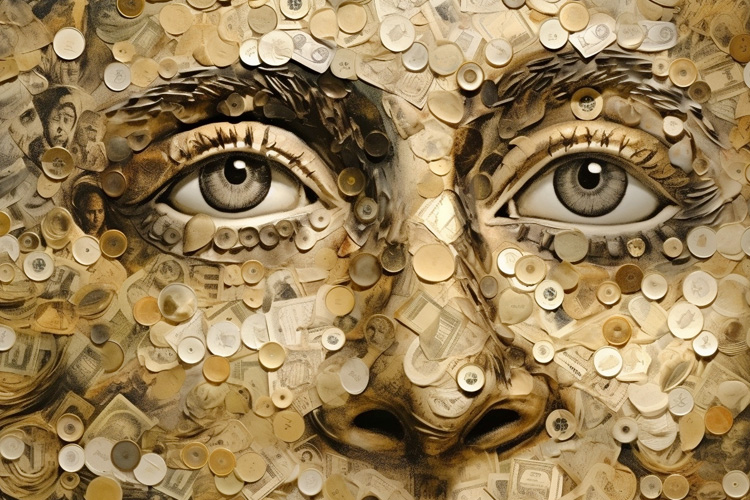Scalable Vector Graphics (SVG) is a file format used for describing two-dimensional graphics and graphical applications in XML. Unlike bitmap images such as JPEG, PNG, and GIF, SVG files use vector graphics, which are based on mathematical equations to create smooth, scalable, and resizable images.
SVG files are used widely in web design for various purposes such as creating logos, icons, illustrations, and animations. They offer several benefits over other image formats, such as:
- Scalability: SVG images are resolution-independent, which means they can be scaled up or down without losing quality. This makes them ideal for creating responsive designs that adapt to different screen sizes.
- Small file size: SVG files are typically smaller in size than other image formats, making them faster to load and easier to share.
- Editability: SVG files can be edited using various tools such as Adobe Illustrator, Inkscape, and Sketch. This allows designers to modify and customize SVG images as needed.
To use SVG files in web design, you can insert them into your HTML code using the <svg> tag. Here’s an example:
<svg width="100" height="100">
<circle cx="50" cy="50" r="40" fill="red" />
</svg>This code creates a red circle with a radius of 40 pixels at the center of a 100×100 SVG canvas. You can also add other shapes, text, and effects to SVG files using various SVG attributes and CSS styles.
Another way to use SVG files in web design is by referencing them in your CSS code using the background-image property. Here’s an example:
.icon {
background-image: url('icon.svg');
background-repeat: no-repeat;
background-size: 24px 24px;
}This code sets an SVG icon as the background image for an HTML element with a class of “icon”. The background-size property specifies the size of the SVG image in pixels.
In conclusion, SVG files are a versatile and powerful tool for web designers. They offer numerous advantages over other image formats and can be used in various ways to create stunning visual elements for your website or application.



